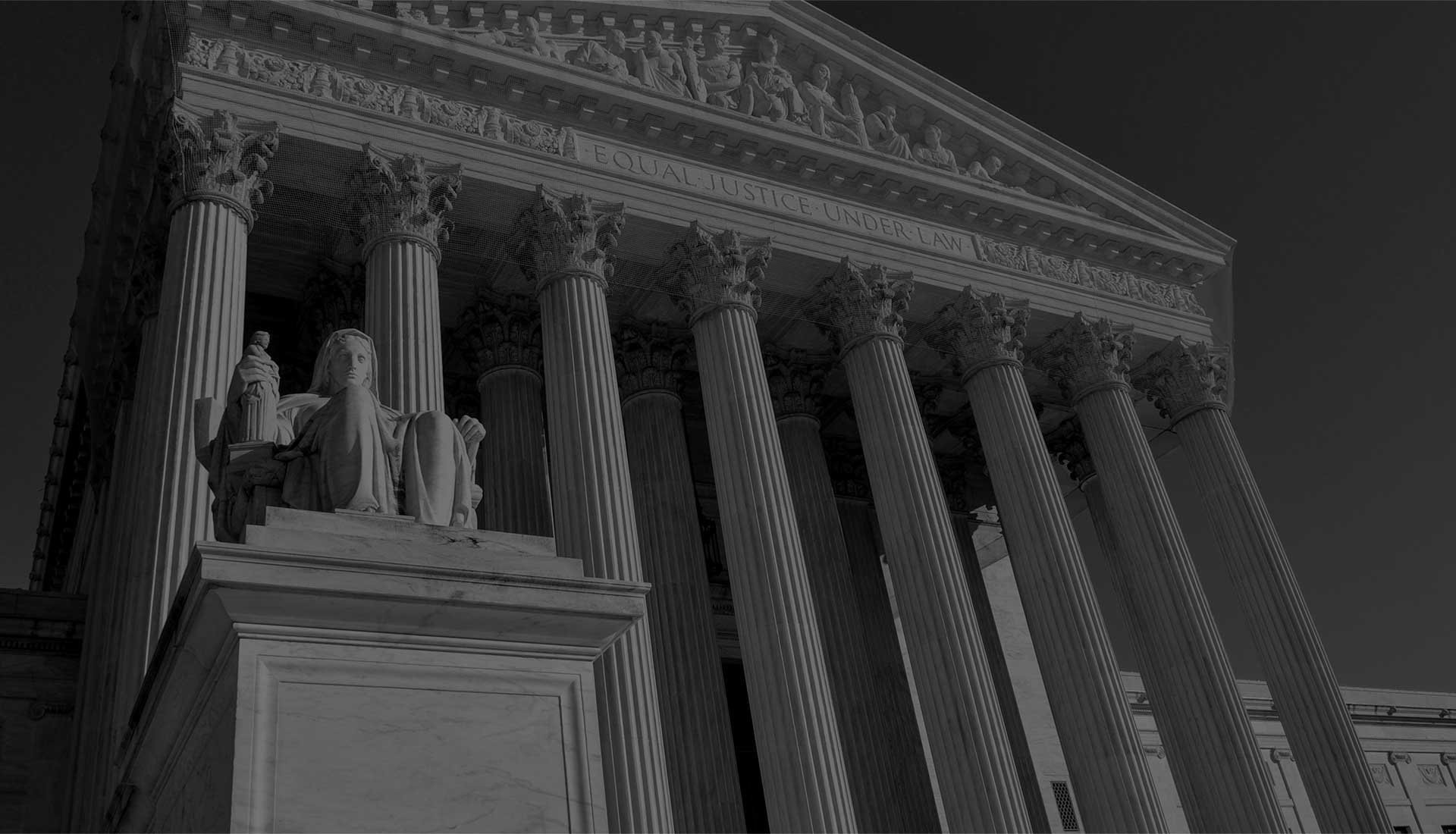Four People Killed In Mysterious Car Wreck

Investigators do not know why a man crossed Interstate 69’s center line and crashed head-on into a Ford SUV, killing the vehicle’s 73-year-old driver and two passengers.
The car wreck occurred near mile marker 69 in Caldwell County. According to Kentucky State Police, 66-year-old Thomas Hughes, of Princeton, apparently lost control of his Camaro and crossed from the northbound to the southbound side. The impact killed Raymond Vilvens, of Batavia, Ohio, along with his wife, 69-year-old Carolyn Vilvens, and another passenger, 66-year-old Linda Franz. Mr. Hughes also died at the scene.
A fourth SUV occupant, whose name was not released, survived the impact and was airlifted to an area hospital.
Car Wreck Causes
The plaintiff has the burden of proof in negligence cases, and in situations where there were no witnesses and was no apparent cause, evidence is difficult to obtain. Fortunately, the low standard of proof and a recent technological innovation often come to the rescue in these situations.
Loss of consciousness causes many loss-of-control car wrecks, especially on divided, multi-lane highways that do not require motorists to cross the center line to pass other vehicles. In the above story, no one will probably ever know for sure whether the Camaro driver was awake or unconscious in the moments before the collision. However, if Mr. Hughes had a history of heart problems, epilepsy, or other loss-of-consciousness health problems, it is arguably more likely than not that he suffered from a medical episode, and that low evidentiary hurdle is all that the rules of civil procedure require.
Loss of consciousness is nearly always a breach of the duty of reasonable care, particularly if the tortfeasors (negligent drivers) know about the adverse health condition.
Another means of establishing fault in car wreck cases is to use the vehicle’s Event Data Recorder. All newer passenger vehicles have EDRs. Exact capability varies by make and model, but most of these devices capture and record a lot of relevant data, including:
- Steering angle,
- Brake application,
- Vehicle speed,
- Engine RPM, and
- Critical systems or mechanical flaws.
Essentially, EDRs are like internal eyewitnesses who are never wrong and never biased, so insurance company lawyers cannot reasonably question the ERD’s data, in most cases.
If the vehicle is totaled in the car wreck, most insurance companies dispose of the wreckage within a few days or weeks, and the EDR is lost forever. So, lawyers send spoilation letters to the vehicle owners or custodians. These letters serve as notice that lawsuits may be filed and create a legal duty to preserve any potential physical evidence, including the EDR.
For prompt assistance from an experienced personal injury attorney in Cave City, contact Attorney Gary S. Logsdon today, because you have a limited amount of time to act.

